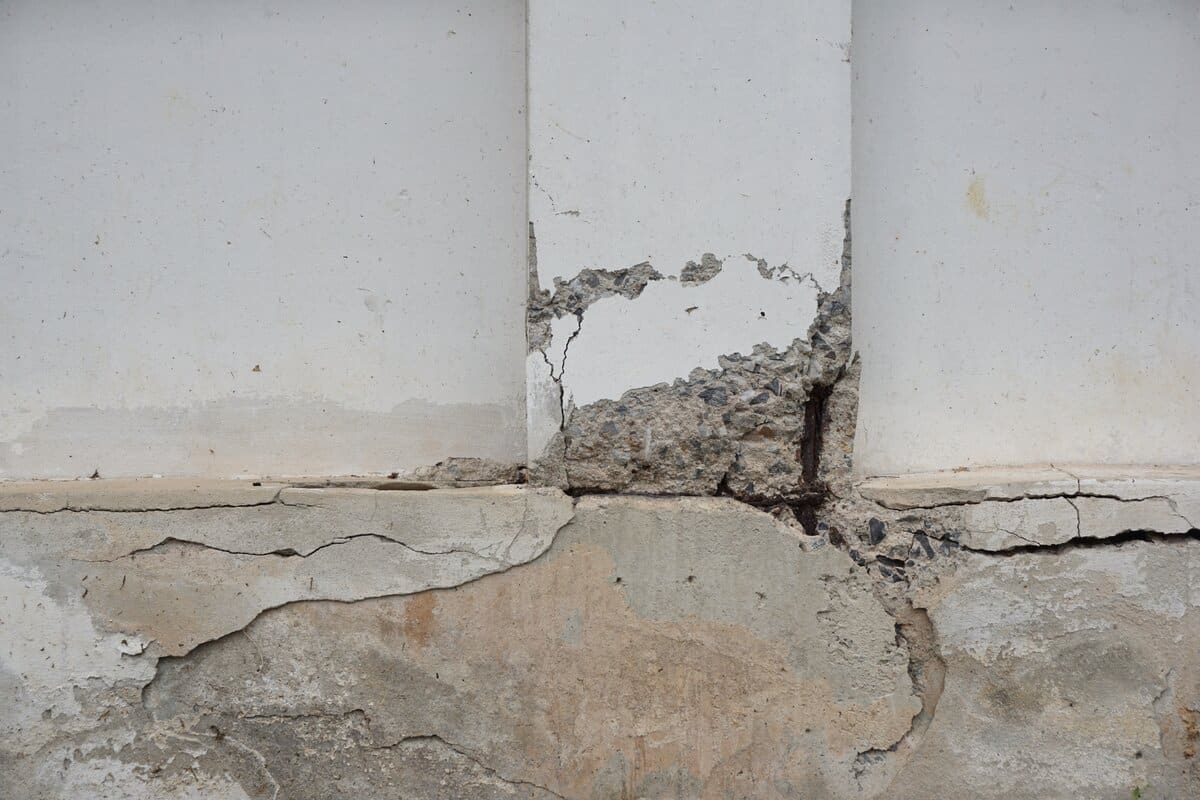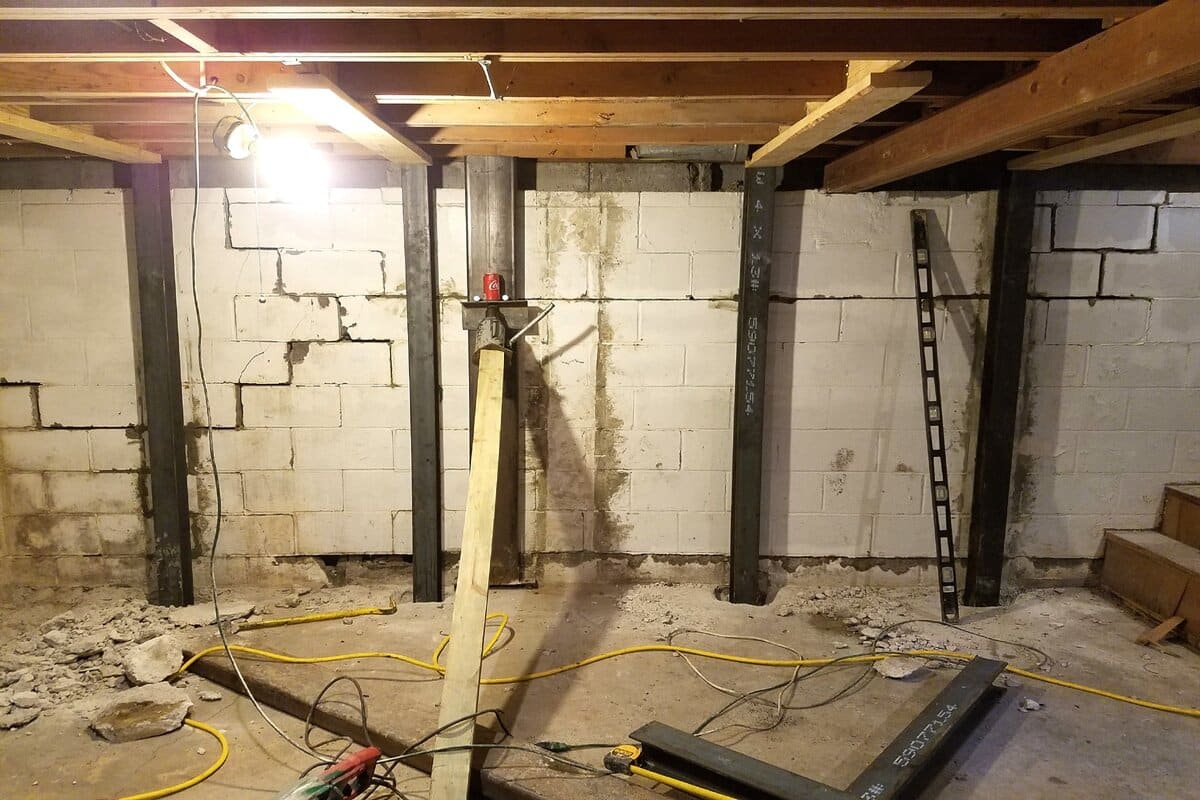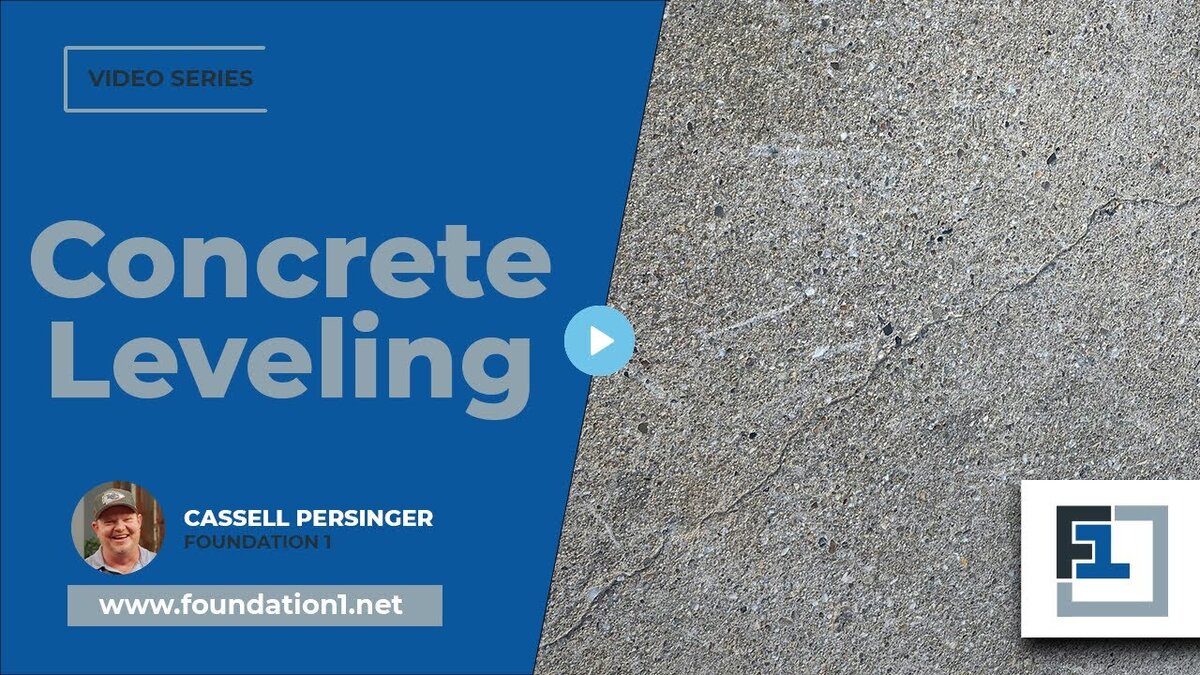Did you know even a small water leak in your basement can lead to thousands of dollars in damage? Basement waterproofing isn’t just about keeping your floor dry—it’s about protecting your home’s foundation and value. When it comes to basement waterproofing, you have two main options: interior and exterior methods. But how do you decide which approach is right for your home?
In this guide, we’ll break down the pros and cons of each method, helping you choose a solution that aligns with your goals, budget, and long-term plans.
Interior vs Exterior Basement Waterproofing
Exterior waterproofing involves digging around the outside of your foundation to apply a waterproof barrier. This method addresses the problem at its source, preventing water from ever entering your basement. On the other hand, interior waterproofing focuses on managing water once it has already penetrated your foundation walls, directing it away from your basement through a drainage system.
Exterior Basement Waterproofing: Pros and Cons
Exterior waterproofing is often considered the most effective way to protect your home from water damage, but it comes with its own set of challenges.
Pros:
- Stops Water at the Source: By addressing the issue from the outside, you prevent water from ever touching your basement walls, reducing long-term damage.
- Long-Term Solution: Exterior waterproofing is a permanent fix, especially if you plan to stay in your home for many years.
Cons:
- High Cost: This method is significantly more expensive. The cost of waterproofing a single wall from the outside can be equivalent to waterproofing the entire basement from the inside.
- Destructive Process: To apply an exterior waterproofing system, you must dig out the foundation, which can be invasive. Landscaping, patios, and driveways may need to be removed and replaced, adding to the overall expense.
- Best Option for Long-Term: Despite the cost and invasiveness, if you’re planning to stay in your home for the long term or want to pass it down to your children, exterior waterproofing is generally the best option.
Interior Basement Waterproofing: Pros and Cons
Interior waterproofing is often chosen for its lower cost and less invasive process, but it has limitations that homeowners should consider.
Pros:
- Cost-Effective: Interior waterproofing is much more affordable. You can waterproof your entire basement for the same cost as waterproofing a single exterior wall.
- Less Invasive: Since the work is done inside, there’s no need to disturb your landscaping or outdoor features.
Cons:
- Allows Water Through: This method does not stop water from entering your basement walls. Instead, it manages the water after it has already penetrated, which over time can weaken your foundation.
- Not Ideal for Long-Term Solutions: If you plan to stay in your home for decades, interior waterproofing may not be the best option, as it doesn’t address the root cause of the problem.
- Potential for Degrading Concrete: Since water continues to pass through the walls before being managed by the interior system, it can degrade the concrete over time, potentially leading to further structural issues.
Choosing Based on Your Goals
The decision between interior and exterior basement waterproofing often comes down to your long-term plans for your home and your budget.
- Short-Term Solution: If you plan to stay in your home for only a few years, or if budget constraints are a concern, interior waterproofing might be the better option. It’s cost-effective and less invasive, allowing you to manage water issues without breaking the bank.
- Long-Term Investment: For those who see their home as a long-term or forever home, exterior waterproofing is usually the better choice. It provides a thorough solution that protects your home for years to come, making it worth the higher upfront cost.
Special Consideration: Stone Foundations
If your home has a stone foundation, the choice between interior and exterior waterproofing becomes more complex.
Exterior waterproofing on stone foundations is typically not recommended due to the risk of disrupting the structural integrity of the stones. In these cases, interior waterproofing is often the safer choice, as it avoids the potential for long-term damage to your foundation.
Considerations for Finished Basements
If your basement is already finished, the decision becomes even more complex. Installing an interior waterproofing system will require the removal of existing walls and floors, which can be costly to replace.
Before opting for interior waterproofing, consider the total cost—including the expense of re-finishing your basement afterward. In some cases, the savings from interior waterproofing might be offset by the cost of restoring your finished basement, making exterior waterproofing a more economical option in the long run.
Weighing the Options and Conclusion
Ultimately, choosing between interior and exterior basement waterproofing depends on several factors: your budget, the condition of your foundation, your long-term goals, and whether your basement is finished. While exterior waterproofing is often the most effective solution, it’s also more expensive and invasive. Interior waterproofing offers a cost-effective alternative but may not provide the same level of long-term protection.
For homes with stone foundations, interior waterproofing is typically the safer choice. Additionally, if you have a finished basement, the potential cost of restoring it after interior waterproofing might make exterior waterproofing the more attractive option despite its higher upfront cost.
In Summary
If you’re planning to stay in your home for the long haul, investing in exterior waterproofing is usually the best choice. However, if you’re looking for a more budget-friendly, short-term fix, interior waterproofing may be the way to go.
If you’re unsure which option is best for your situation, contact us today to discuss your specific needs and find the best solution for your home.




